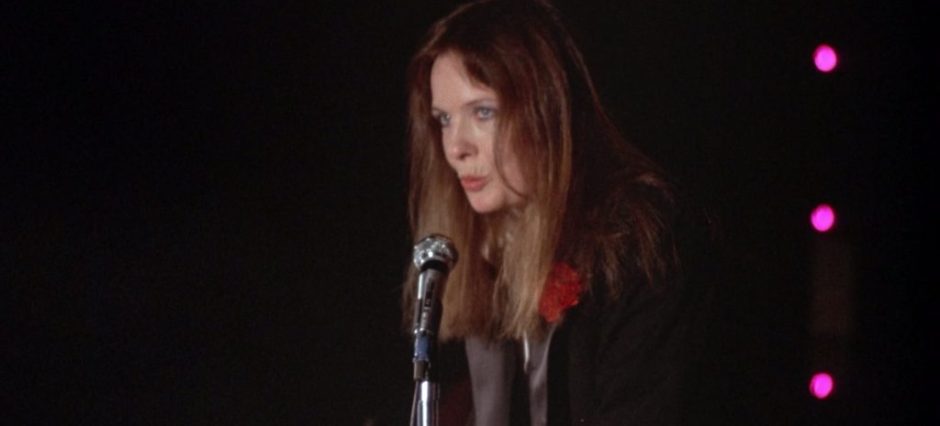In 2018, I was collaborating with a writing partner called Brett Darling, often by email, sometimes by text. In December I sent him the following text message:
dear b, it is possible to speak with our heart directly. most ancient cultures know this. we can actually converse with our heart as if it were a good friend. in modern life we have become so busy with our daily affairs and thoughts that we have lost this essential art of taking time to converse with our heart. jack kornfield[1] said that, not me. but i might’ve. b, i’m reading bell hooks. b, i’m talking to my heart. b,, it’s invisible. hello, b! can you respond to the words ‘INVISIBILITY IN VISIBILITY’ for me? e x
He responded (unnervingly quickly, considering he was using a Nokia 3310):
e. re. ‘invisiblity in visibility’, could we be saying something like… to visible as to be allowed not to be? not to not exist, but to be able to disappear, loudly! to walk with the silence of the undefined is to be ‘everywhere’, a night walker of the bright day. a refusal of the words “here i am”, that rather asks the question instead, by ‘being nowhere’, where are we [now] who get to / are called to / must speak? b[2]
While researching for this unit, this response has felt prescient in suggesting the notion of being ‘able to disappear, loudly[!]’ in a post 2020 landscape. What follows uses that text message as an anchor/[an]tagonist. I also recently attended a lecture by independent curator Jessie Krisch, whose kindness in sharing her reading list has acted as the scaffolding for my bibliography.
[1] Kornfield, Jack in hooks, bell (2001) All About Love, New Visions: Harper Collins books
[2] Each of these text messages were first published in: The Pluralist: The Visibility Issue, the Royal College of Art Newspaper, December 2018
